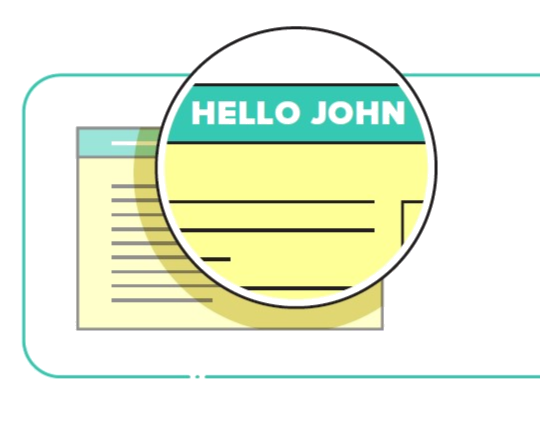


It includes Classic Menu for Word, Excel, PowerPoint, Access, Outlook, Publisher, InfoPath, Visio and Project 2010, 2013, 2016, 2019 and 365. You won't need any training or tutorials after upgrading to Microsoft Access 2007, 2010 or 2013.You can still enjoy many features of Access 2003 that have been removed from Access 2007, 2010, 2013, 2016, 2019 and 365.All new features and commands for Access 2007, 2010, 2013, 2016, 2019 and 365 have been added to the menus and toolbars.The following tutorial introduces you to the Information tab on the Backstage View. The classic view allows you to work with Office 2010/2013/2016 as if it were Office 2003/2002/2000. Marking a Worksheet final, restricting access using permissions and. Now you will enter the Trust center window, click the Message bar and modify the settings.įigure 3: Message Bar in Access 2010 Ribbonįrustrated by endless searches for commands on the ribbon interface of Access? The Classic Menu for Office brings back the familiar menus and toolbars to Microsoft Access 2007, 2010, 2013, 2016, 2019 and 365.Go on to click the Trust Center Setting button.Now you have enter into the Access Option window, click the Trust Center button.Click the File tab after open Access 2010/2013.Then you will view the Message Bar button.įigure 2: Message Bar in Access 2007 Ribbon Look for Message Bar in Access 2010/2013/2016/2019 Ribbon.Actually, it is simple to get Message Bar in Ribbon, too. Look for Message Bar in Ribbon if you do not have Classic Menu for Office Look for Message Bar in Access 2007 RibbonĪt the beginning, it may be hard to find out Message Bar in the new Ribbon of Access 2007 Ribbon. Then you will find out the Message Bar item.Click the View drop down menu in main menus.Get Message Bar in Access 2007/2010/2013/2016/2019 easily if you have Classic Menu for OfficeĬlassic Menu for Office aims to bring back classic interface of Microsoft Office 2003/XP(2002)/2000, and help you work efficiently in the new ribbon of Office 2007/2010/2013: Oh I dont know what I want with this idea. Classic Menu for Office Home and Business This is an accdb file created with Access and UI-builder, but the 'read only' property is set in the files properties which means (my idea) that this 'notification messagebar' is something that Access creates when a database is set to - read only.Classic Menu for Office 2007 Applications Look for Message Bar in Access 2010/2013/2016/2019 Ribbon Click the Options button at left bar Now you have enter into the Access Option window, click the Trust Center button Go on to click the Trust Center Setting button Now you will enter the Trust center window, click the Message bar and modify the settings.


 0 kommentar(er)
0 kommentar(er)
